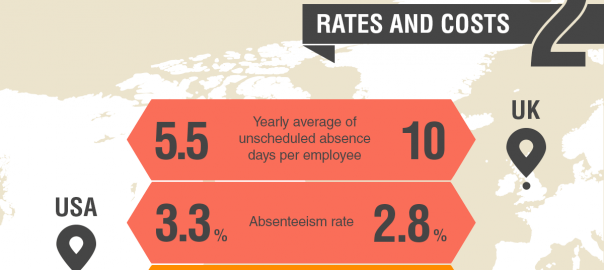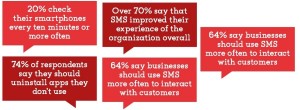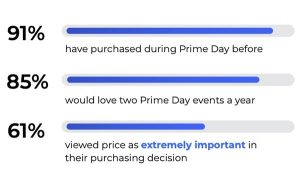You’ve probably heard the terms absenteeism and presenteeism before, but do you really understand how much of an impact these workplace issues can have on a company? These issues go far beyond employees calling in sick too often or taking care of personal admin once they log in at work. On average, absenteeism can cost a company $ 1,685 per employee each year in the US, while presenteeism can cost companies up to $ 150 billion annually. In other words, these are not small issues, and they’re certainly not ones managers or leaders should ignore.
Absenteeism and presenteeism, though related, are quite different. Today we’ll dive into what each one is, why they occur, and what levers and factors play into them.
What is absenteeism?
Absenteeism is classified as unplanned absences from work, while presenteeism happens when employees come to work but aren’t actually working. To some extent, absenteeism can be expected and planned for. Employees are, after all, human, and they have sick days and unexpected family emergencies just like anybody else. Absenteeism is also easily quantifiable—it’s as easy as knowing how many work days there are in a period and how many an employee has missed. That being said, understanding absenteeism rates, knowing how to calculate it, and knowing when—as a manager—it’s time to step in, can be a bit trickier.
What about presenteeism?
Presenteeism, on the other hand, is much harder to quantify. Presenteeism can be defined as when employees are at work but not actually working or being productive. Just because employees are at the office doesn’t mean they’re getting work done, and in the end, presenteeism can actually have a bigger economic effect on a business than absenteeism.
These issues, though related, are quite different, which is why the infographic below dives into both, including overall costs for companies in both the United States and United Kingdom. Towards the end, don’t miss the advice from industry experts on fighting both absenteeism and presenteeism in the workplace.
What can you do with this information?
If you own a business or manage a team, chances are you’re familiar with these issues. But simply being aware of them isn’t enough to provide the support your team needs to combat them. First and foremost, make sure you’ve got a system in place to identify absenteeism and presenteeism rates, and then you can take those numbers to see if there’s actually an issue in your office. While there’s no one-size-fits-all solution for every company, you might look into employee time tracking or attendance tools for absenteeism rates. On the other hand, you might try quarterly performance check-ins with your team to ensure work is being completed and goals are being met to evaluate the level of presenteeism in the office. Granted, presenteeism is a much harder issue to quantify.
If you’ve done the groundwork to identify whether absenteeism and presenteeism rates are higher than you’d like, there are numerous strategies and tactics you can try implementing, like being a bit more flexible with paid time off, making health and wellness a priority, or improving the overall culture and workplace morale.
“Organizations that figure out the importance of ensuring their employees have a great work/life balance will have a critical advantage in attracting the best talent,” according to Tim Sackett, president of HRU Tech and author of The Talent Fix.
Be sure to leave your thoughts in the comments below; as a manager, which issue concerns you more? What have you done in your organization to reduce both presenteeism and absenteeism?
![Absenteeism and Presenteeism: 2 Issues That Should Matter to Your Business [Infographic] Absenteeism and Presenteeism: 2 Issues That Should Matter to Your Business [Infographic]](https://www.onlinesalesguidetip.com/wp-content/uploads/2020/08/Absenteeism-and-Presenteeism-2-Issues-That-Should-Matter-to-Your-Business-Infographic.png)
Knowing how much absenteeism and presenteeism cost your business is just as important as understanding how to fight them. Source: BeeBole Timesheet
Digital & Social Articles on Business 2 Community
(61)






